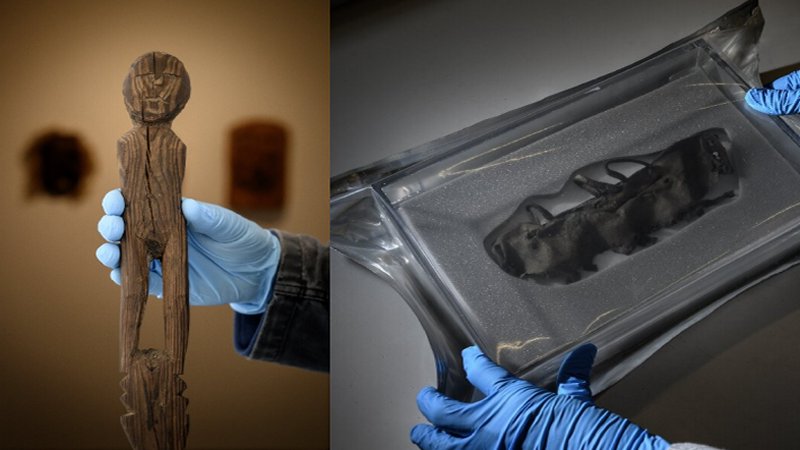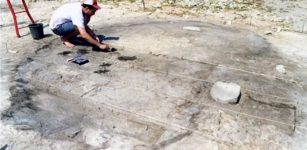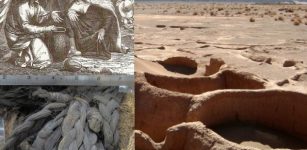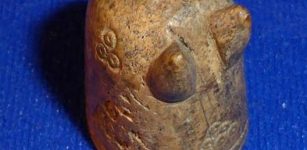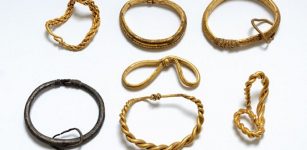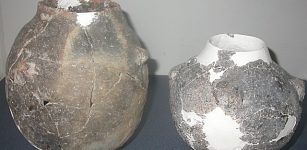Ancient Tombs Of Peru’s Moche Priestesses Unearthed
MessageToEagle.com – Archaeologists have unearthed several ancient tombs in San José de Moro, a ceremonial center of pre-Columbian Moche civilization on the northern coast of Peru. These findings are highly significant as they clearly show Peru’s Moche priestesses played a dominant and important role in their society.
Also known as Early Chimu, Pre-Chimu, or Proto-Chimu, the Mochica – one of ancient Peru’s most complex and developed cultures – flourished along the northern coast and valleys of ancient Peru, in particular, in the Chicama and Trujillo Valleys, from 100 AD to 800 AD.
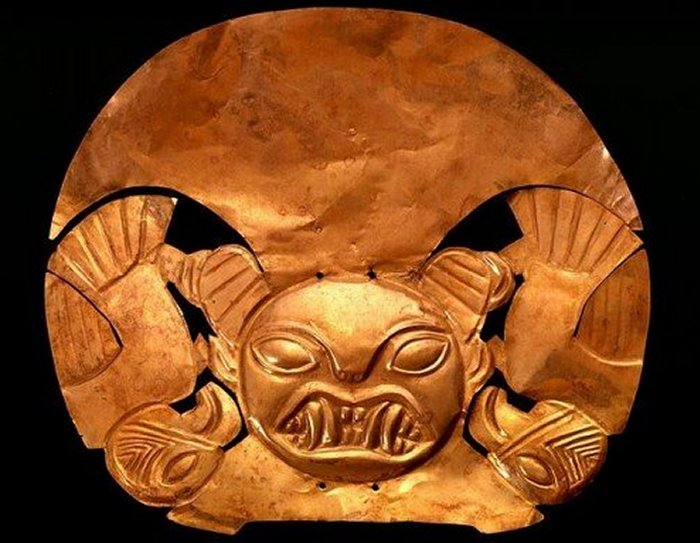
The Moche flourished and ruled the northern coast of Peru before the Incas, between the first and eighth centuries, at the same time the Mayas thrived in Mexico and Central America. They dominated the desert through a complex irrigation system, built adobe pyramids, and, like many ancient cultures, used religion to unify society.
According to Luis Castillo, a Peruvian archaeologist the discovery of the splendid burial shattered archaeologists’ notions about the Moche, which until recently had been perceived as a society ruled by male warriors.

“When I started as a young student, 25, 30 years ago, we thought the Moche was a culture led by powerful kings, warriors, or priests,” Castillo said.
Called the priestesses of San José de Moro, they highlight the prominent role of women in Moche society.
See also:
Unveiling The Enigma Of Peru’s Mochica Culture
Archaeologists Focus On Mochica Culture’s Burial Remains
Very Peculiar Artifacts Discovered In Ancient Tomb Of A Mochica Ruler
“These women were among the most important individuals in their society,” said Castillo. “Their elaborate burials are narratives of their lives, and the ornaments they were buried with are indicators of their high status.”

The reason why archaeologists believe these women were powerful priestesses is because of because of their resemblance to figures depicted in rituals scenes found on Moche art.
The Moche civilization had no written language. However, they left thousands of ceramic vessels with intricate drawings portraying their daily lives and their cosmological beliefs.
In those depicting human sacrifice, a priestess wears a headdress and holds a silver goblet filled with victims’ blood.
MessageToEagle.com



